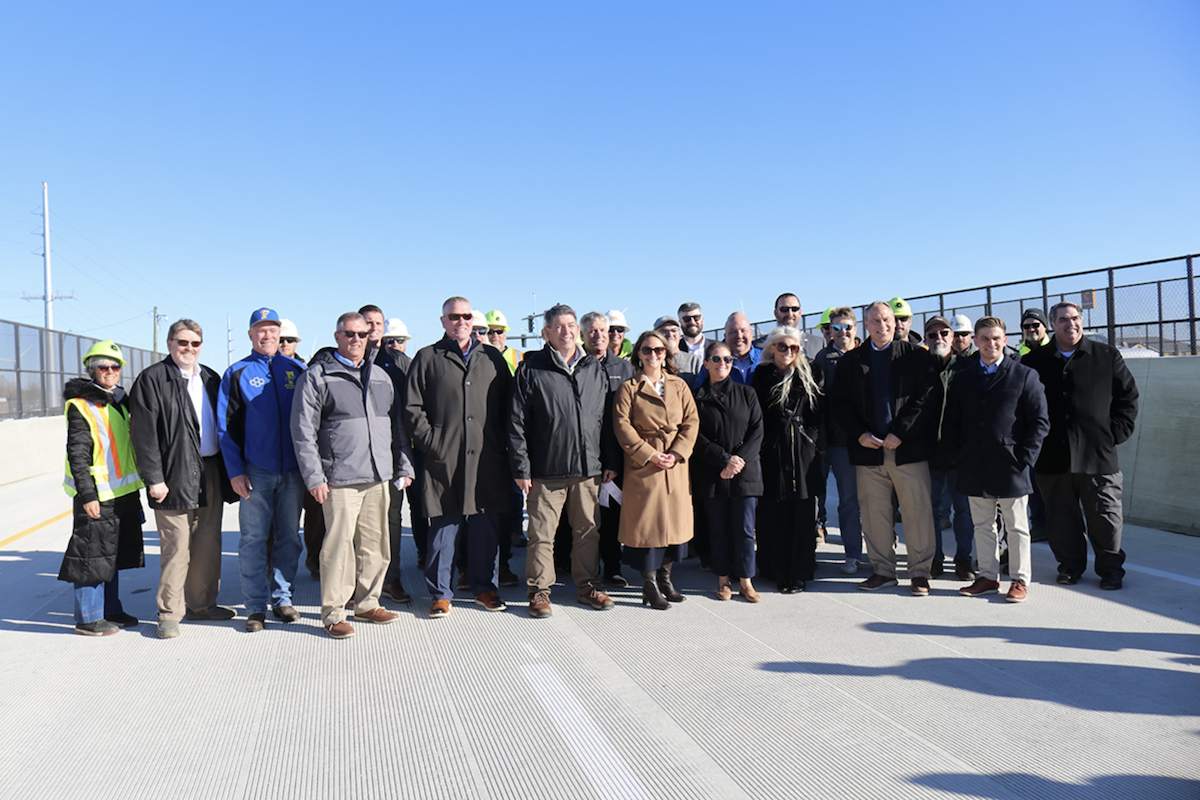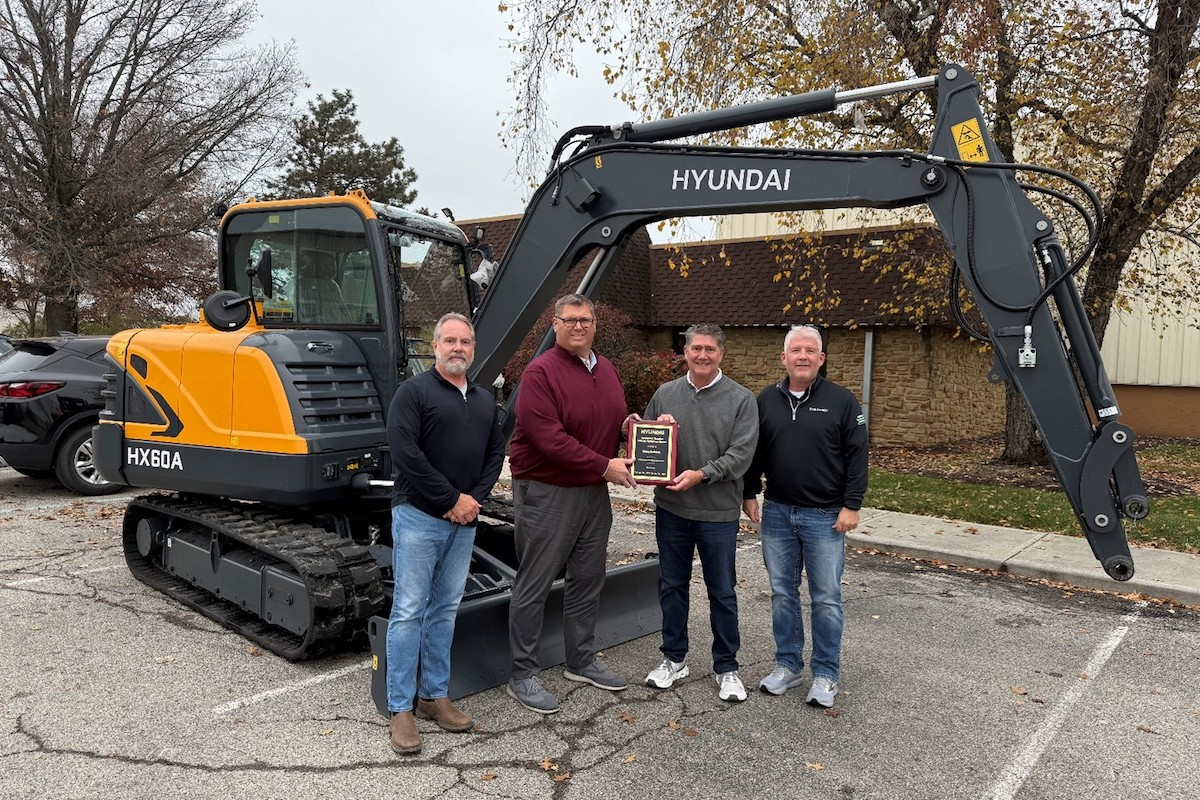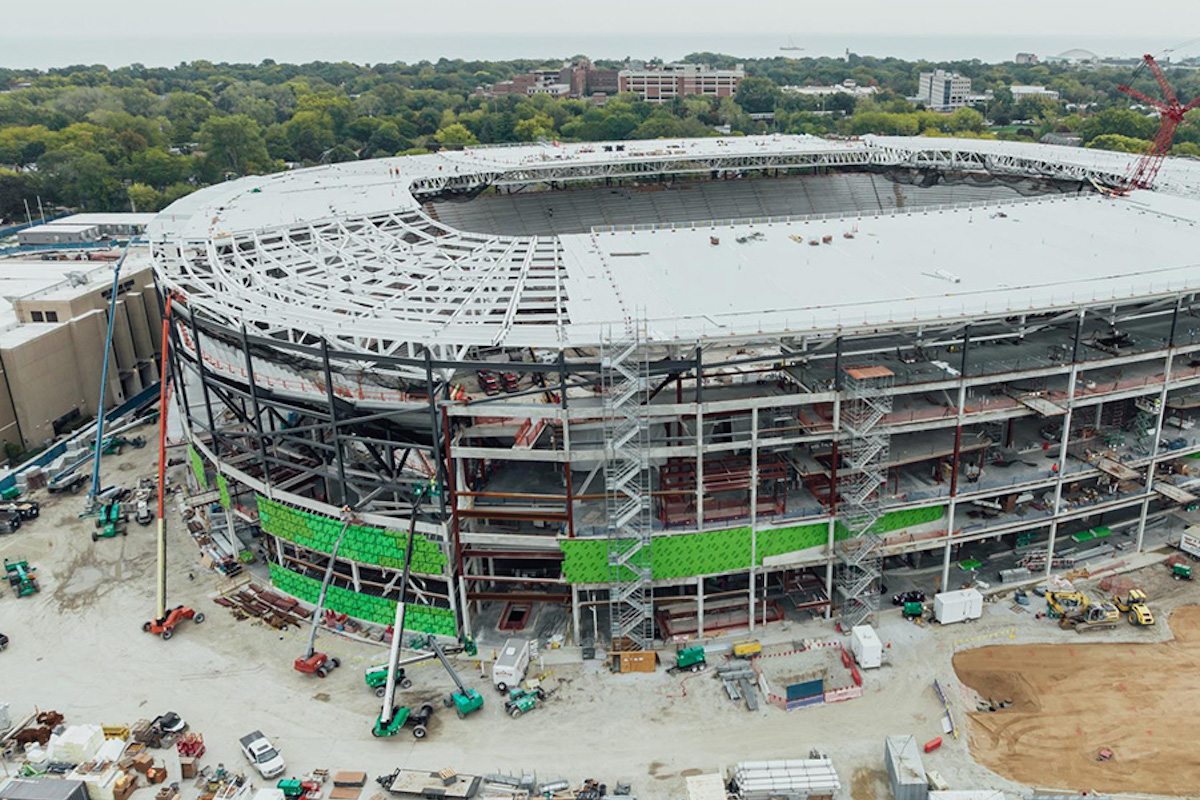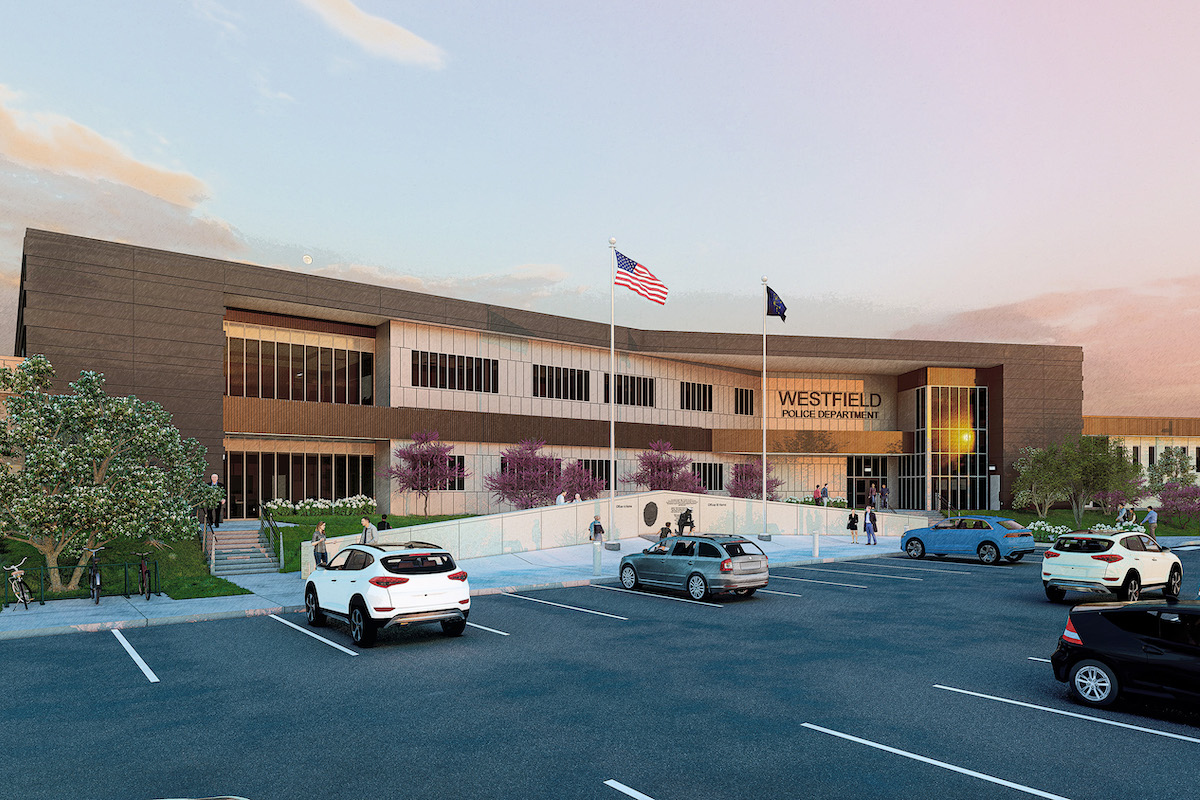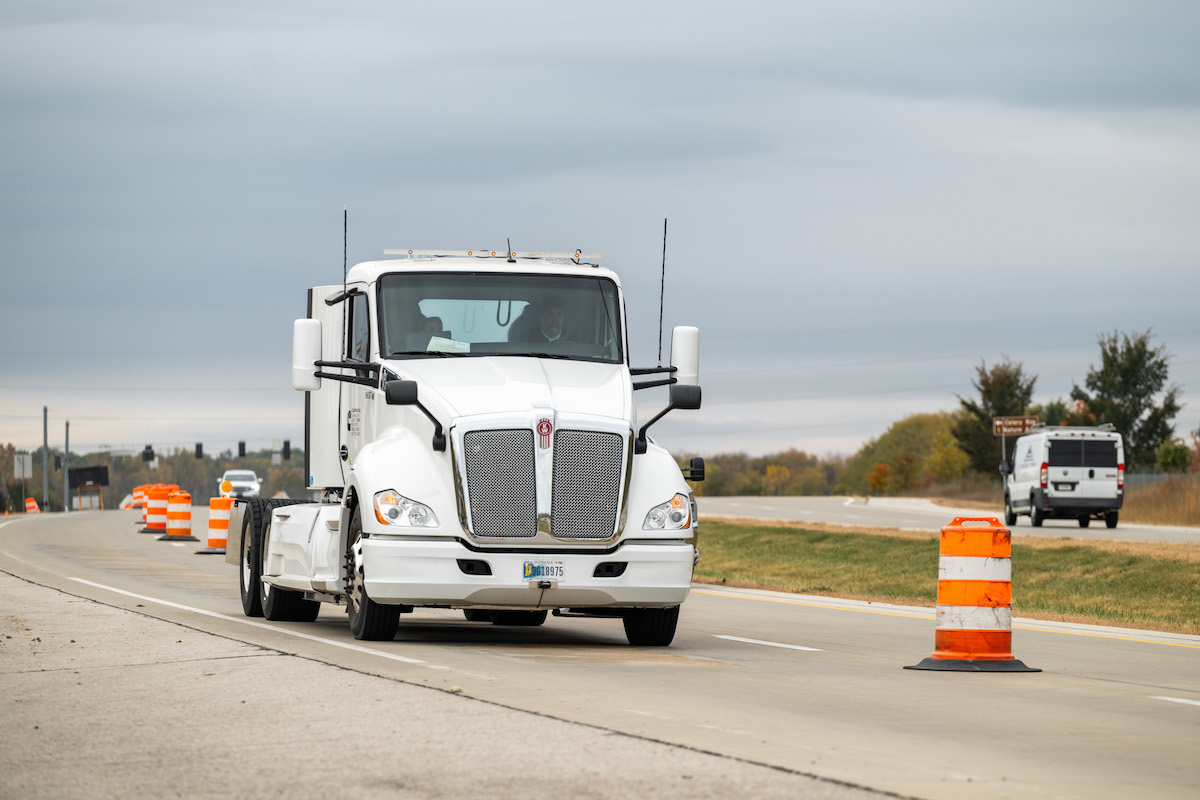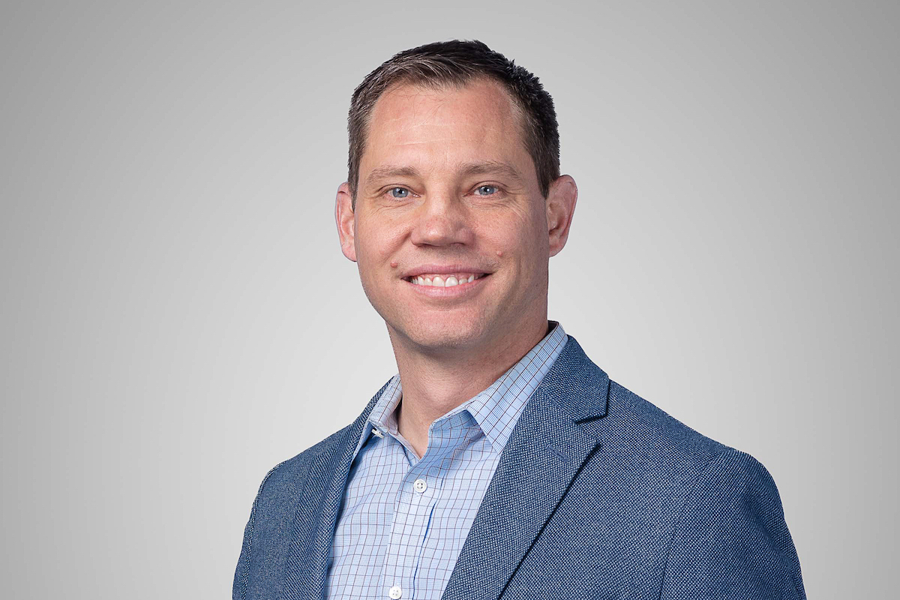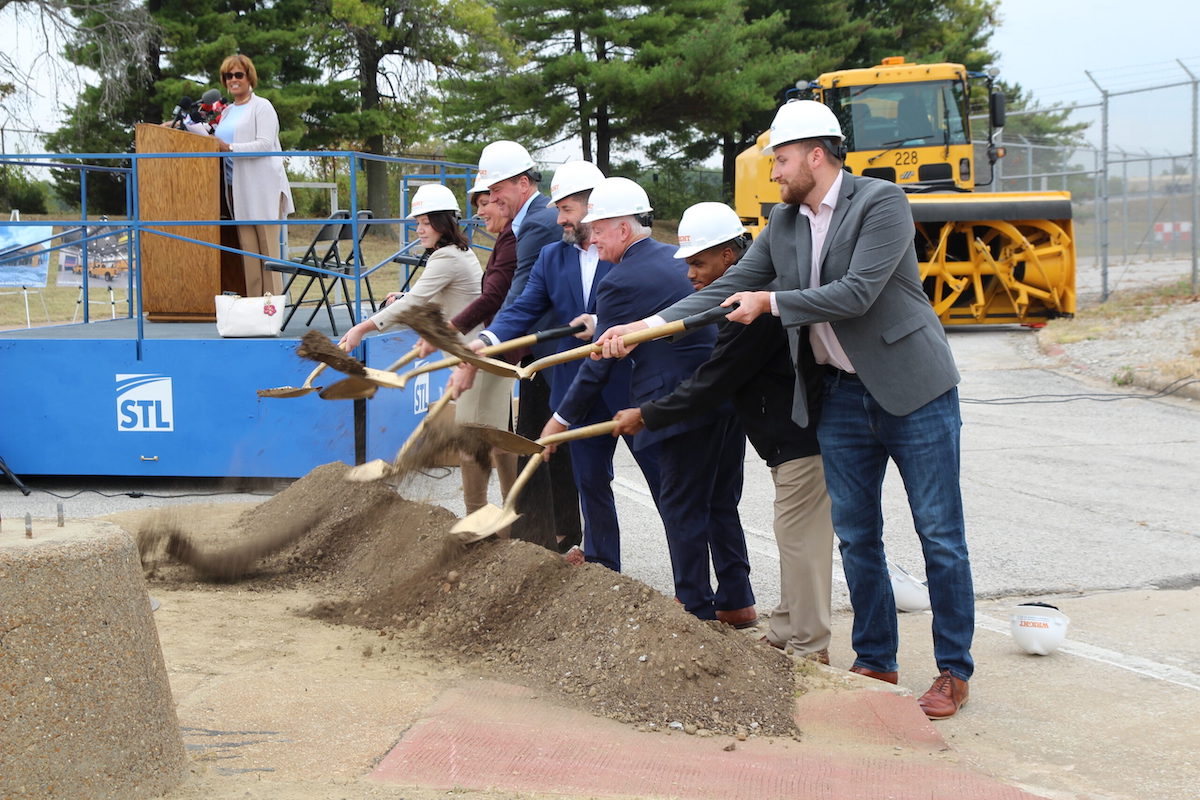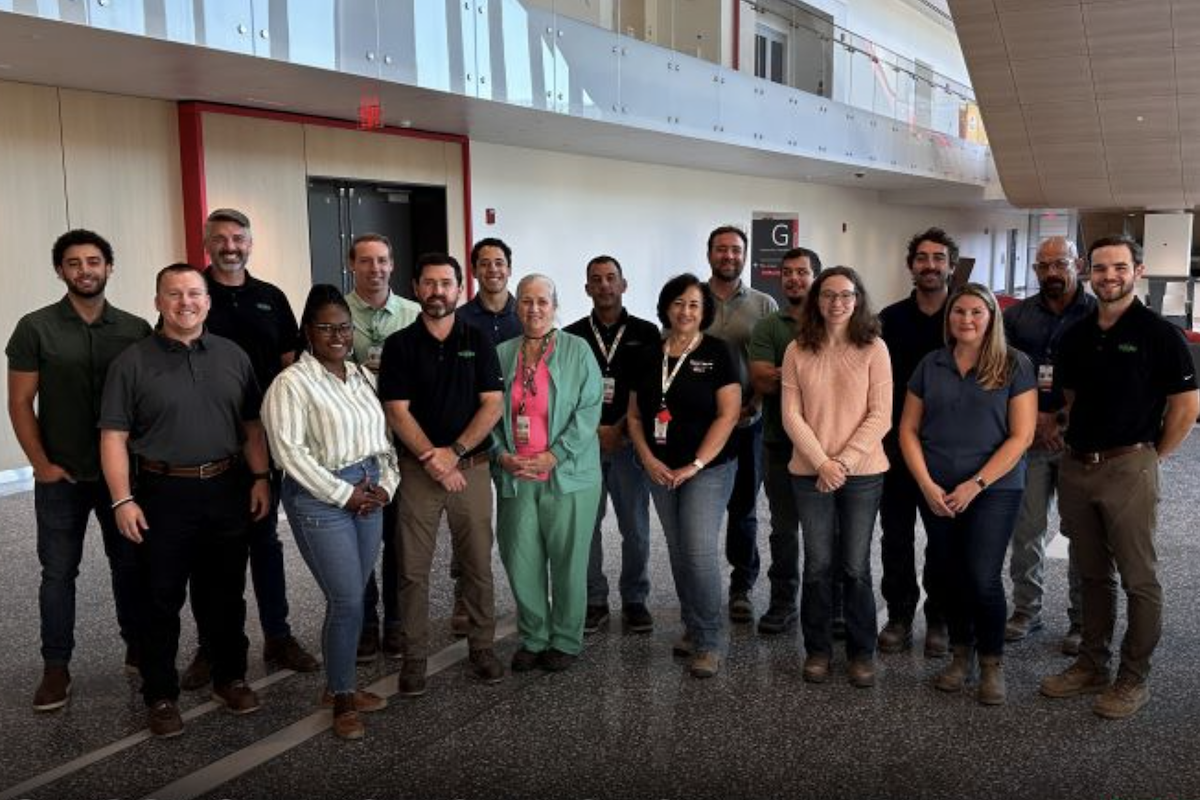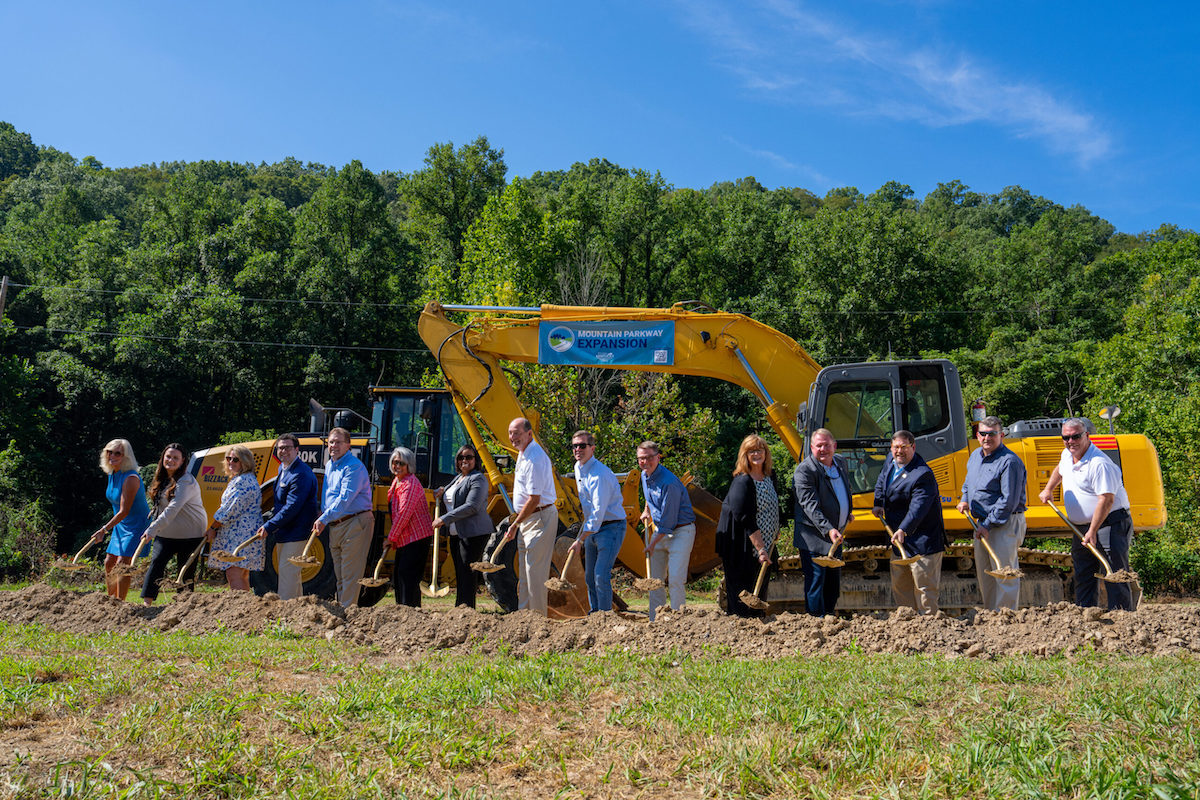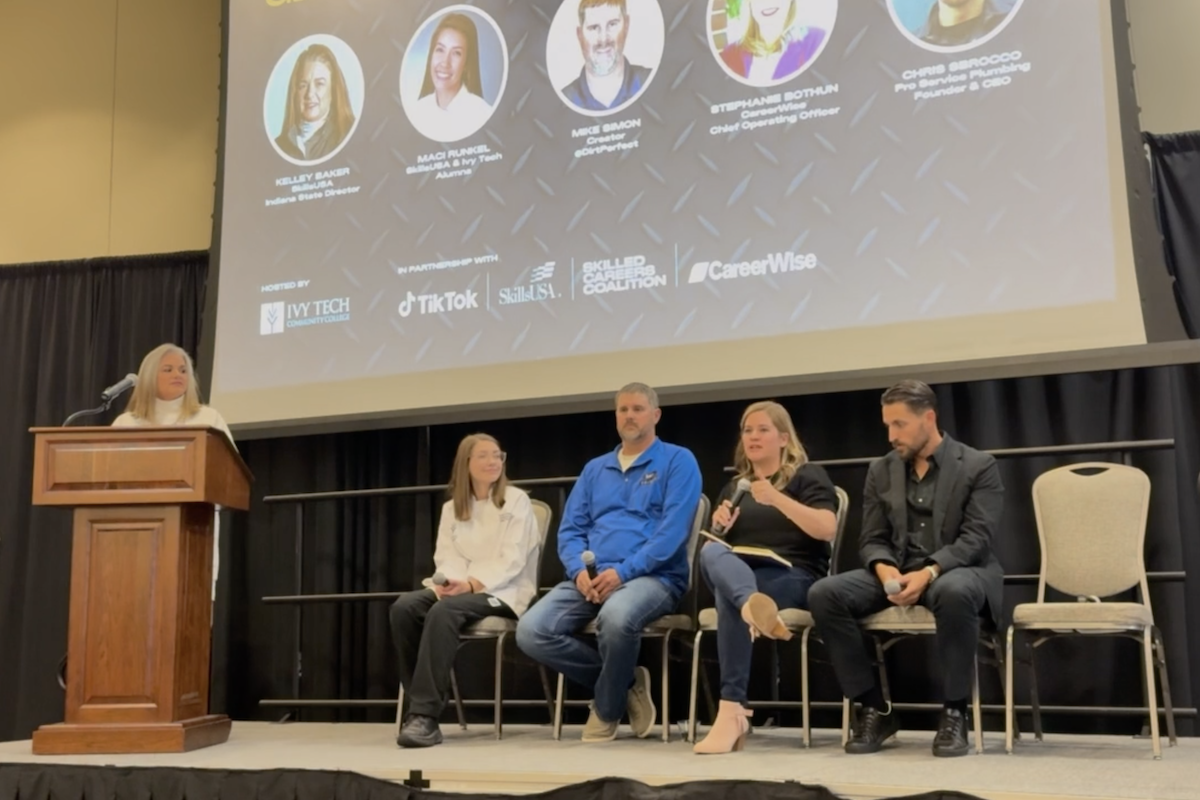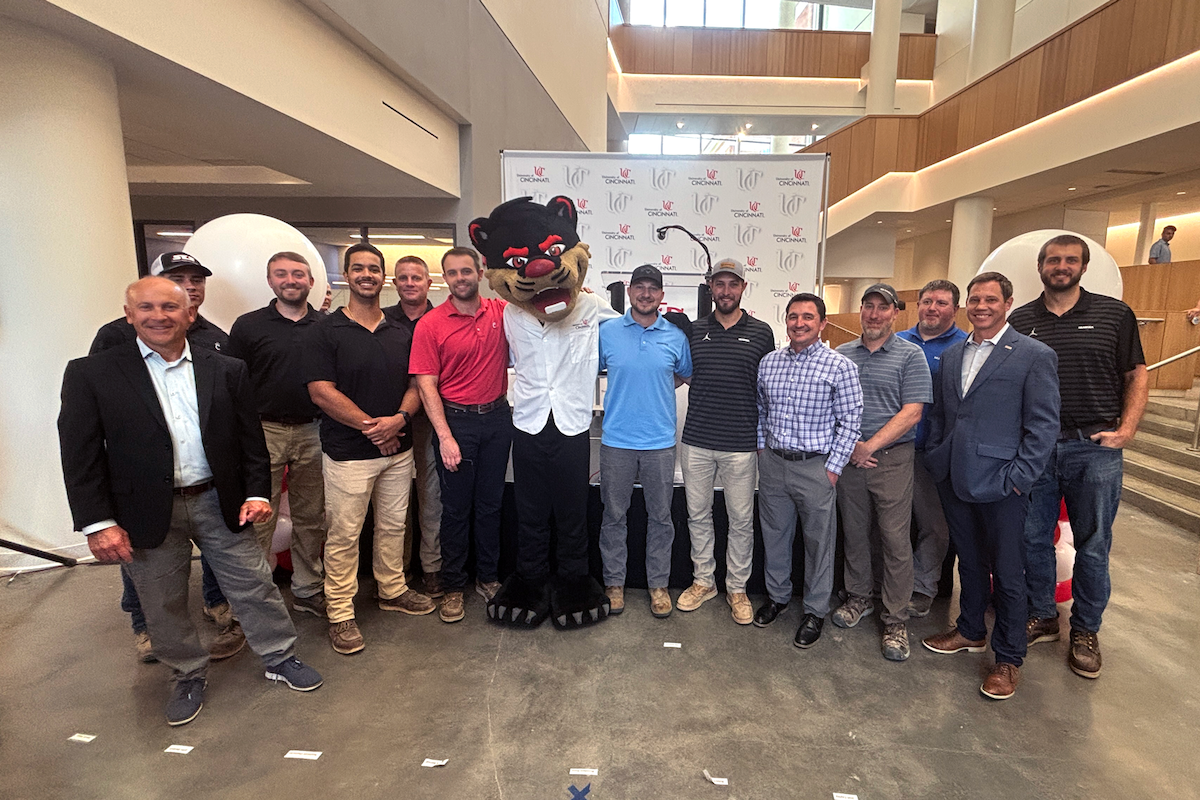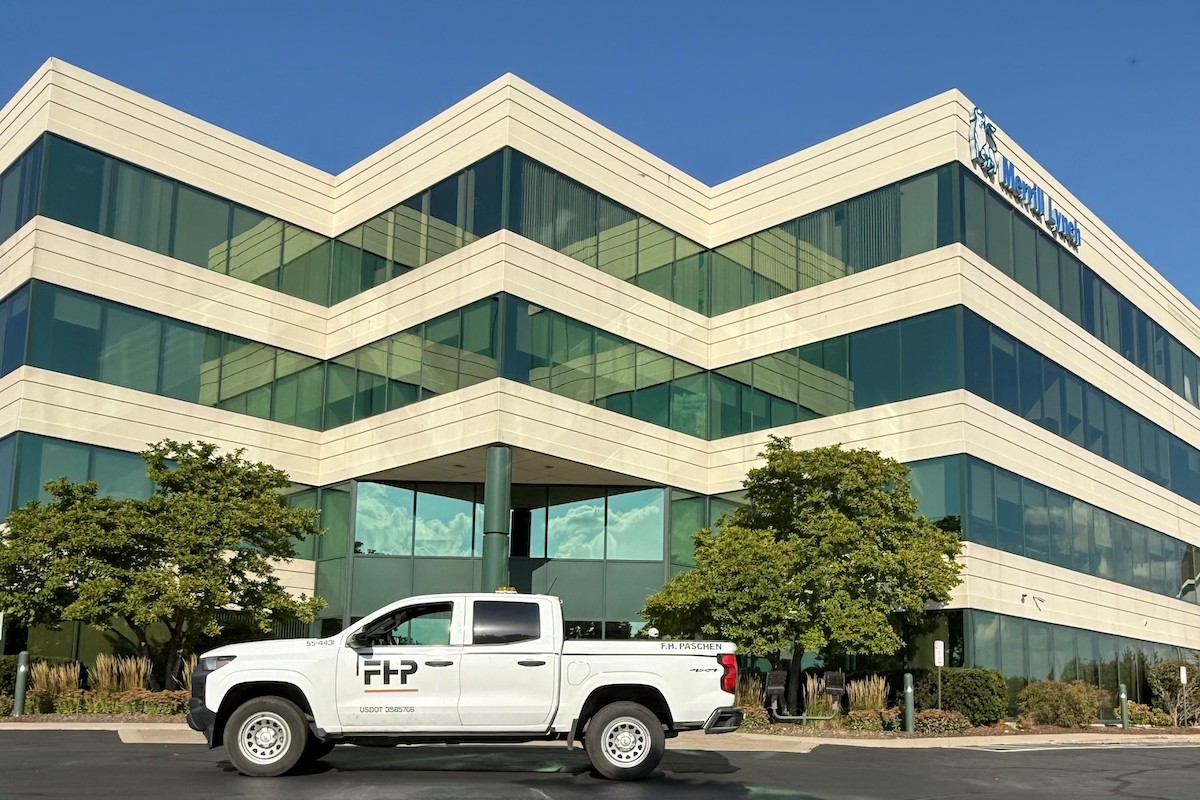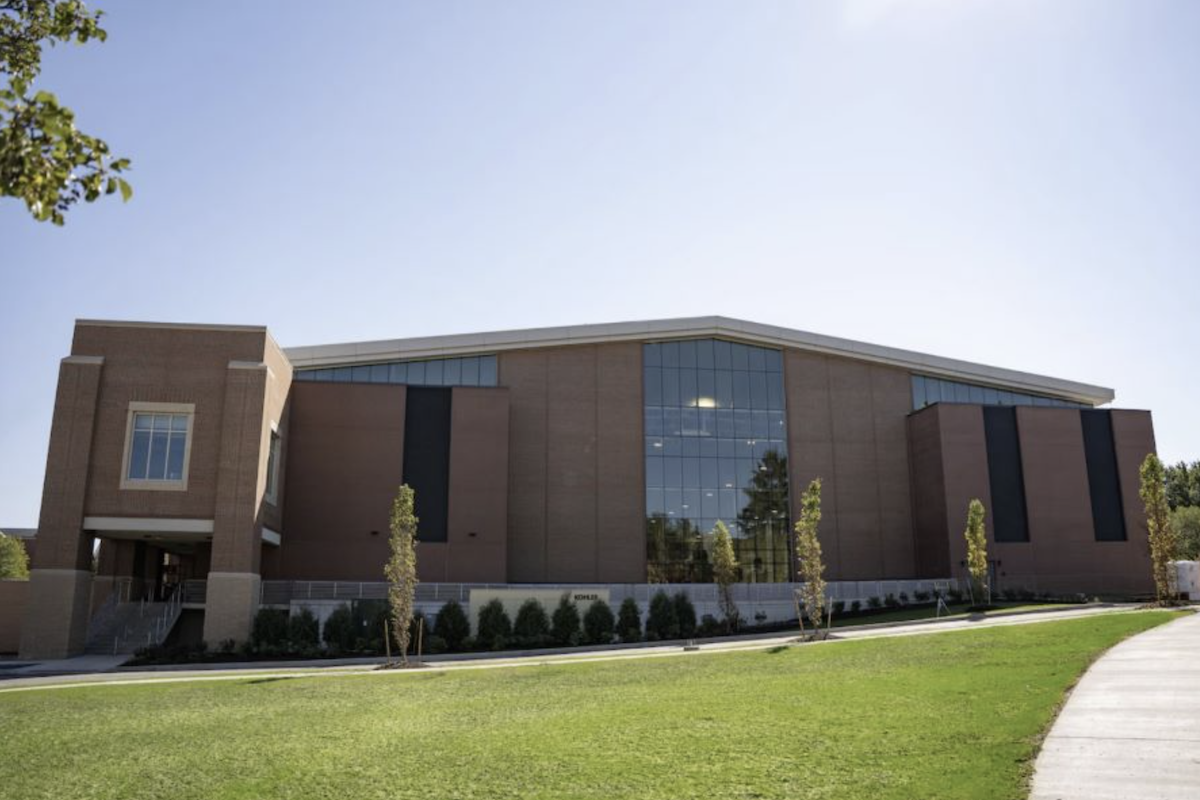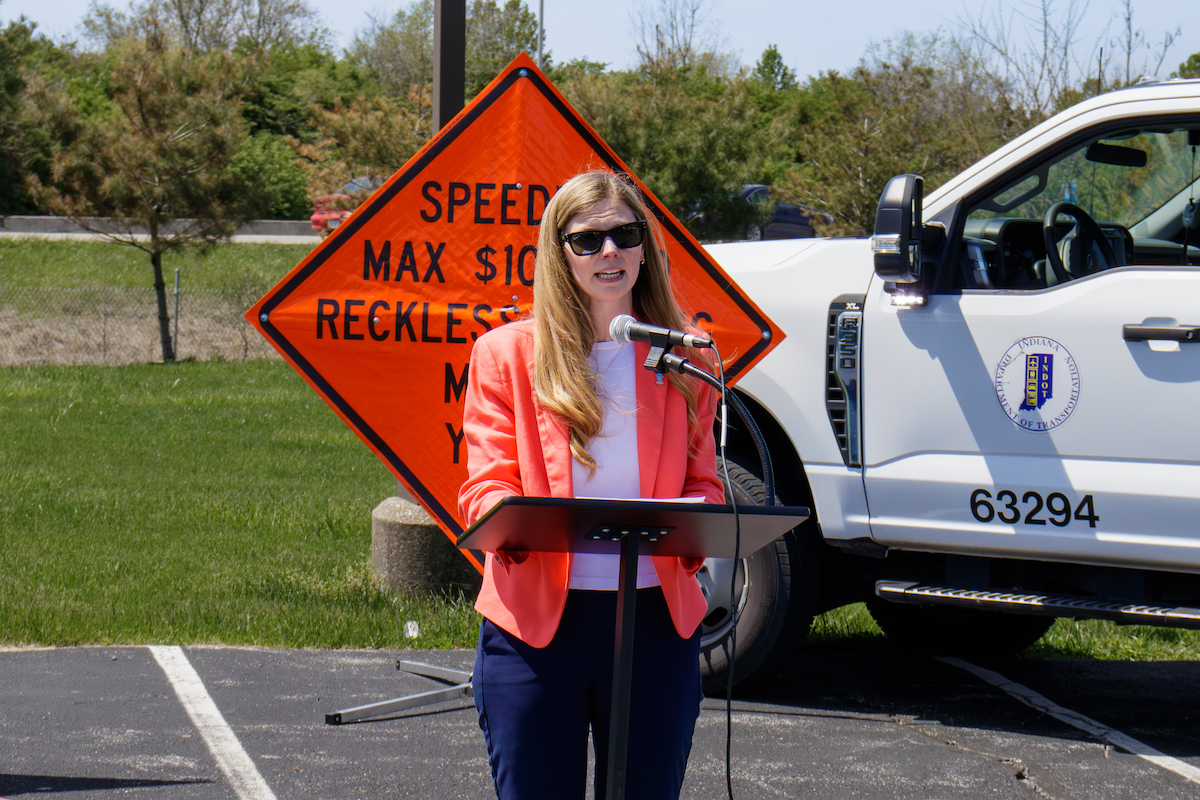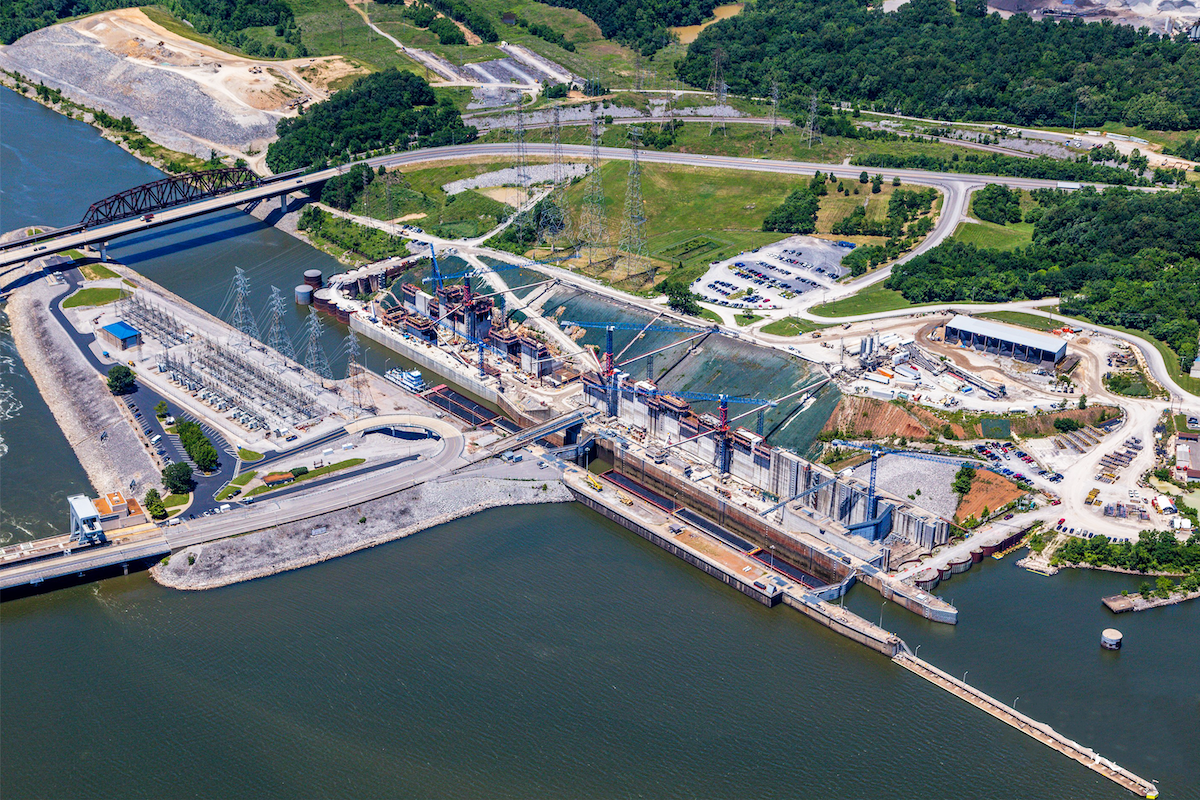“I think we are already seeing some of the effects the pandemic is having on this area,” he said. “More people are moving out of The Twin Cities and into some of the smaller surrounding towns such as Cologne, Norwood/Young America and others. When 212 is complete, those who have moved will have a much easier commute to jobs downtown. However, for those who have made major career or job changes and are working in southwest suburbs like Edina, Eden Prairie, Chaska, or Chanhassen, this will be an even bigger plus.”
Highway 212 is also a key corridor for commercial traffic, handling over 3 million truck miles annually – more than double the volume of a typical state highway. Improvements to a full four-lane system will reduce truck delays which, according to the Minnesota Department of Transportation, are currently costing shippers of goods up to $275,000 a year.
For those unfamiliar with the term “mucking,” simply put, it is the removal of unstable – usually wet – soils and replacement with material that will support the future roadway. According to Mathiowetz, soil boring samples, taken in advance of the project, generally dictate where such action is needed to be taken.
“The goal of taking borings is to determine the types of soils, what kind of structural stability is provided, and what moisture is present,” he said. “However, borings are only done at intervals at a site and no one can predict what’s happening in between each boring, how varied it might be. As a result, we have encountered areas in which we thought we’d only need to excavate down 6 or 7 feet and ended up going down past 20 feet – even into the low 30s. But that, too, is just part of the job.”

| Your local Wirtgen America dealer |
|---|
| Brandeis Machinery |
“We have been proponents of GNSS technology for over two decades now and run 30-plus systems on our equipment company-wide – more than a dozen at this site alone,” he said. “Our excavator operators are using either the Topcon X-53 or X-53i solution on their machines and getting outstanding results. Having the ability to know precisely where their bucket is positioned eliminates a continual need for grade checking; that’s really key to keeping production levels up. Dan Weise and the crew at RDO Equipment have been our partners in this whole journey toward automation and we can’t say enough about the level of support we receive.”
While the systems in place on Mathiowetz’s machines are designed to provide differing levels of control – from 3D machine control to indicate-assistance – each is centered around precisely reaching target grade and minimizing the risk of over-excavation.
“In the past, quantity info could differ greatly, depending on who was gathering it,” he said. “There was a often a good deal of negotiation needed to reconcile figures that could be off by as much as 25-30,000 cubic yards. Today, we use Sitelink3D, a site management solution that provides a continual stream of information from the machine – including how much material has been cut, where we are working, and the quantities moved. From there, in real-time, it is automatically uploaded onto a web portal where we, the county or the state can access it at as needed.”
Although a consultant still checks the surface and compares quantities with Mathiowetz’s team, the process – that used to take hours – is now being done in minutes. “And, at the end of the day, we are generally within a couple hundred yards on 150,000 yards of material,” he said. “That accuracy and convenience, coupled with the lack of strain on the relationship with the parties involved, is a very big deal.”
Not all areas deemed to be less than structurally sound are slated for a full mucking operation. Anything that falls outside the core area of the road – shoulders for example – can be left alone. Other areas in which full-depth excavation to ideal soil is not feasible are excavated only to a specific design elevation and treated in a different way.

| Your local Case Construction Equipment Inc dealer |
|---|
| Burris Equipment |
“At certain sites we’ve brought sand up to the existing grade, installed wicking drains to help remove the moisture beneath and then placed surcharge material atop it all to aide in the soil prep process,” said Mathiowetz. “Once it is done settling out, we remove the surcharge material and complete the road. In another area, a full-on dewatering effort was needed – it is definitely not a ‘one-approach-fits-all’ effort out here.”
“We have a veteran operator named Francis “Franny” Helget who has helped us mentor a whole generation of new operators,” he said. “Younger people coming into the business today grasp the solutions quickly, which helps them grow faster over a shorter period of time. But while technology makes everything easier, it can also cause a person to want to short-cut learning how to use the machine. So, we are always trying to coach people not to totally rely upon the machine to do everything – but it’s tempting with everything right there at their fingertips.”
By project’s end in fall of 2022, Mathiowetz Construction will have moved more than 1 million cubic yards of soil – including the sand and aggregate used in the various parts of the mucking operations.
“This has been a great job made even better by the solutions we bring to the job every day. But we have also been blessed with some of the best people working today. Construction is a challenging environment and certainly not suited for everyone, but I really feel we have the best of the best, both in people and technology.”
“To date, we’ve done about 60 installments and it’s been beneficial in so many regards,” he said. “For example, we’ve found that it helps the families of our employees better understand the project in which their family members are involved. It’s connecting us to them in a stronger and more meaningful way. We’re also finding that residents around our projects tend to be more accommodating because they’re finding out what’s going on early and getting almost a ‘behind the scenes’ look through videos and pictures.”

| Your local Bobcat dealer |
|---|
| O'Leary's Contractors Equipment & Supply |
Getting the message out to the inspection staff and any local groups from the municipality for which they are working is also high on the priority list. “It’s those people who field most of the phone calls – we tell them to just point people to our social media so they can better understand what’s going on. Making people more a part of the process makes all the difference in the world.”
Realizing that the muck operation – with the accompanying dewatering effort – was such a unique process, Mathiowetz felt a video on that facet of the job was a no-brainer. “People understand what construction is in a general sense, but don’t really know the scope of what that entails,” he said. “In the very same video, however, we turned to show the traffic rushing by just 70 to 80 feet from where we were working. We are hoping that will help people realize they should slow down and be better aware of construction traffic coming in and out. If you are looking for us – and we for you – we can all stay safe.”
No one appreciates and uses social media like today’s younger generation – the very people construction companies are trying to reach to address labor shortages and an aging workforce. Not surprisingly, Mathiowetz has seen its “Behind the Barricades” yield results in that area as well. “We’ve had people come into our office and say they’ve been following our social media and think what we are doing is really cool and want to try it,” said Mathiowetz. “There’s a huge difference between a person coming in simply looking for a job and a person interested in what they are actually going to be doing. We are getting a better caliber of employee and we have social media to thank for that.”

















